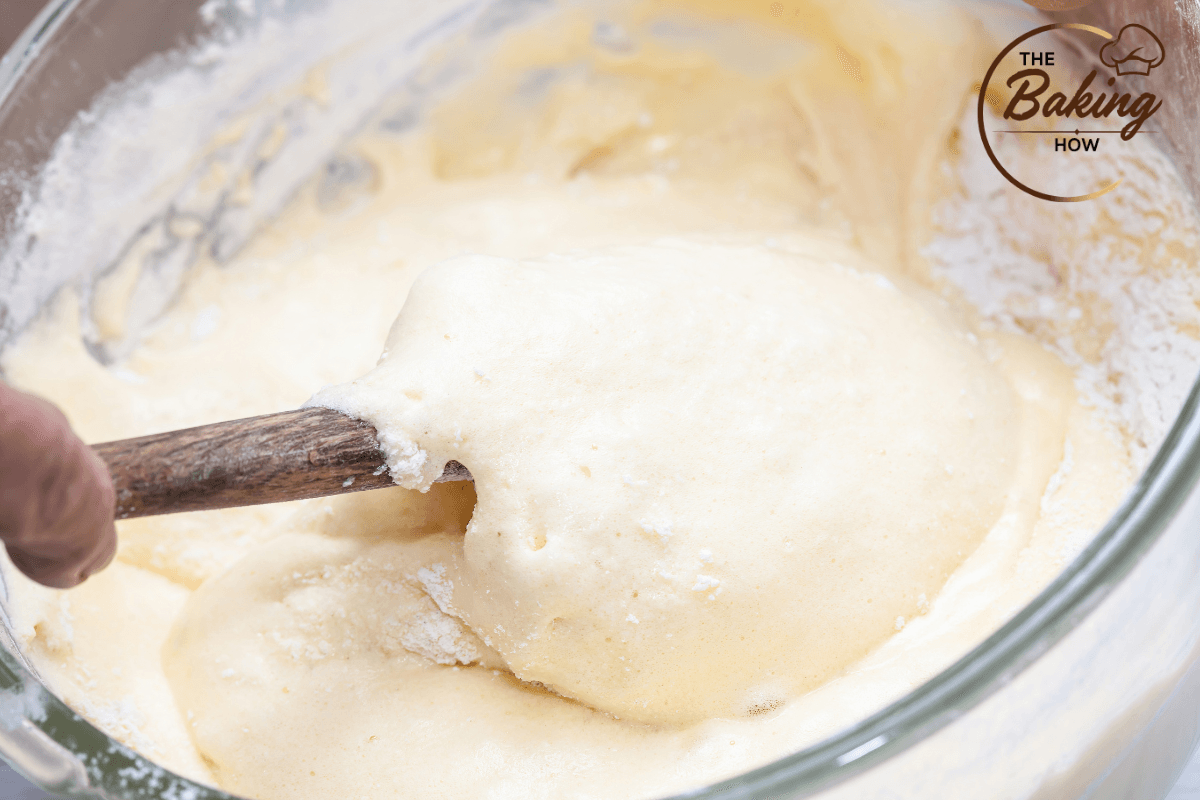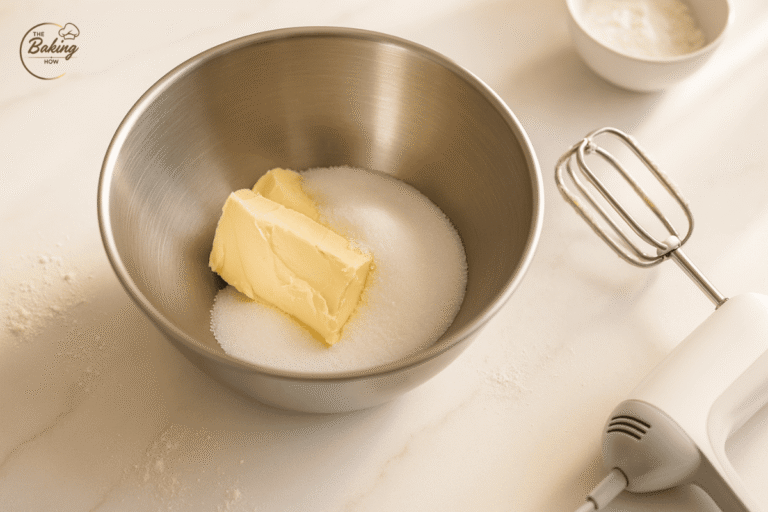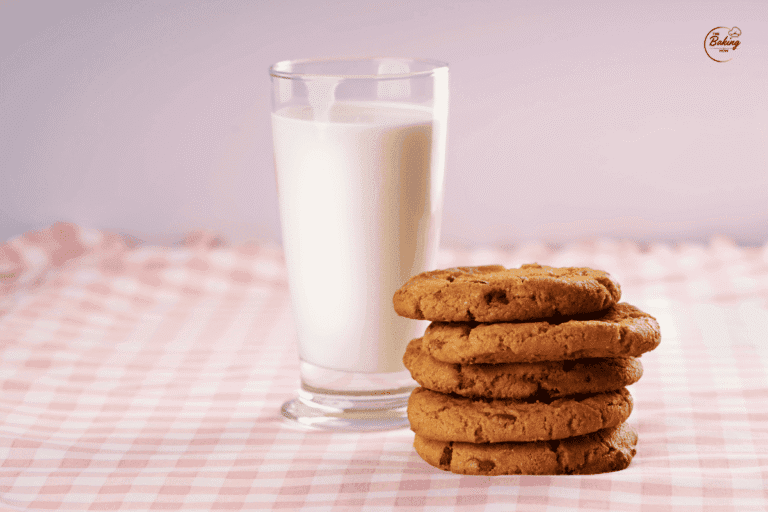Why Is My Cookie Dough Too Sticky? (Fixes from a Baking Pro)
Have you ever carefully weighed all your ingredients, started mixing your cookie dough — only to wonder at the final stage, Why Is My Cookie Dough Too Sticky? You’re not alone. This issue is common not just for beginners but also for experienced bakers. Even in our commercial cookie production facility, we’ve encountered this challenge many times.
👉 Sticky or wet cookie dough usually results from unbalanced ingredient ratios, improper mixing, flour type, or ingredient temperature.
In this blog post, we’ll break down the exact reasons why your cookie dough turns sticky, share expert fixes, and help you create perfect cookie dough every single time.
🧪Why Is My Cookie Dough Sticky or Wet? (Main Causes)
If you’re wondering Why Is My Cookie Dough Too Sticky or overly wet, you’re not alone — it’s a common issue faced by beginners and even experienced bakers. The good news? It’s completely fixable.
The most common causes include:
- 🥄 Too Much Liquid in the Recipe
- ⚖️ Measuring Mistakes
- 🌡️ Ingredient Temperature
- 🌾 Flour Type
- 🌀 Improper Mixing Techniques
Let’s break down each cause in detail so you can confidently fix your dough and bake perfect cookies every time.
🧪 Why Is My Cookie Dough Sticky or Wet? (Main Causes)
If your cookie dough feels sticky or overly wet, you’re not alone — it’s a common issue even for experienced bakers. The good news? It’s completely fixable. Tap each cause below to see what’s happening and how to fix it.
Extra liquid loosens the dough structure, making it sticky and hard to shape.
- Add 1–2 tablespoons of flour at a time until the dough firms up.
- Chill for 20–30 minutes to help fats solidify and reduce stickiness.
Too little flour or too much liquid often comes from scooping directly from the bag.
- Use a kitchen scale for accuracy or spoon flour into the cup and level it.
Warm butter or eggs make dough greasy and sticky; cool ingredients prevent that.
- Chill the dough for 15–30 minutes before rolling or baking.
- Keep butter slightly firm — not melted — when mixing.
Whole-wheat or low-protein flours absorb less liquid than all-purpose, causing wetter dough.
- Add flour gradually until dough is pliable, not sticky.
- Adjust liquid amounts when switching flour types.
Overmixing develops gluten and under-mixing leaves patches of wet dough.
- Mix until ingredients are just combined.
- Rest dough for 10–15 minutes to balance moisture.
🧪 Too Much Liquid in the Recipe
One of the most common reasons Why Is My Cookie Dough Too Sticky? is using excessive liquid ingredients. When liquids like milk, honey, invert syrup, condensed milk, or fruit pastes are added in large quantities, they increase the moisture content and soften the dough structure.
Eggs also act as emulsifiers and add moisture. If too many eggs are added, the dough can become fluffy, soft, and sticky, making it difficult to shape or roll.
Beat in one whole egg for better emulsification; see the role of eggs in cookie structure
🏭 From Our Industry:
In commercial cookie production, we always maintain a balanced ratio of liquid ingredients. If a recipe includes more eggs, we reduce condensed milk or water to avoid over-hydration. For egg-free recipes, we increase water or invert syrup carefully to reach the desired dough consistency — without making it sticky.
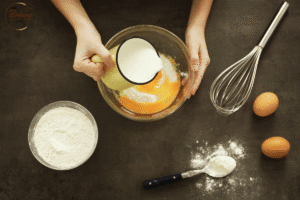
⚖️ Measuring Mistakes
Another common reason why your cookie dough is sticky or wet is inaccurate ingredient measurement.
Many home bakers rely on cups for measuring, which can easily throw off the recipe balance. That’s because different ingredients have different weights even if they fill the same volume. For example, 1 cup of water and 1 cup of eggs don’t weigh the same, and using cups for both can make your dough overly wet.
✅ Pro Tip:
Always use a digital kitchen scale and measure ingredients in grams for accuracy. If your recipe uses cup measurements, you can convert them into grams using reliable baking conversion charts or tools.
“For precise results, convert cups to grams using our quick baking measurement converter before mixing.
🏭 From Our Industry:
In commercial cookie production, we never measure in cups. Every ingredient is weighed in grams or kilograms to maintain exact ratios for consistent texture and dough structure.
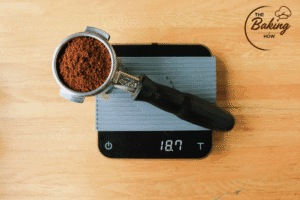
🌡️ Ingredient Temperature
A major reason why your cookie dough is too sticky or wet could be the temperature of your ingredients. Temperature directly affects how ingredients interact and how the dough forms.
🧈 If you use warm or melted butter, it breaks down too quickly and mixes unevenly with sugar. This makes the sugar syrupy, leading to a sticky dough.
🥚 Warm eggs or other liquids can also loosen the dough structure, making it feel too soft or wet.
❄️ On the other hand, using ingredients that are too cold — like refrigerated butter or cold flour — can cause a rough and underdeveloped dough texture.
✅ Fix Tip:
Always use ingredients at room temperature (around 25°C) for best results. This ensures a balanced mix and proper dough formation.
🏭 From Our Industry:
In commercial baking, we closely monitor dough temperature and aim for 26°C to 28°C at the final mixing stage. In summer, we chill eggs, shortening, and water. In winter, we use warm water and heat our mixers to maintain consistency.
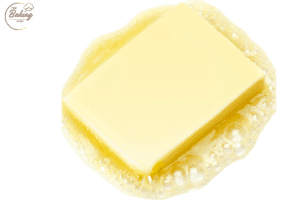
🌾 Flour Type
Another reason why your cookie dough is too sticky or wet is the type of flour you’re using.
💡 High-gluten flour absorbs more water and builds more structure. During mixing, this results in a tough, elastic, and sticky dough, especially if overmixed.
✅ Fix Tip:
Use all-purpose flour with low to moderate gluten content for cookie recipes. This helps create a softer dough and avoids that rubbery or overly sticky texture. Check flour choice before adding more; best flour for cookies (chewy vs soft).
🏭 From Our Industry:
In commercial production, we test every flour batch for:
- Water absorption (ideal: 55–60%)
- Gluten content (ideal: 8–9%)
- Moisture level (should be under 15%)
These tests help us choose the right flour for achieving the perfect dough consistency every time.
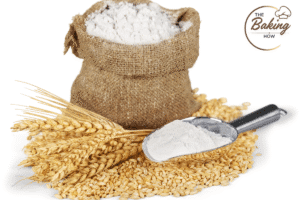
🌀 Improper Mixing
Improper mixing is a key reason why your cookie dough is too sticky or wet.
When you add all ingredients at once and mix at high speed, the dough becomes overworked, sticky, and loses its structure. Overmixing—especially after flour is added—activates too much gluten, turning your dough stretchy, elastic, and difficult to handle.
✅ Fix Tip:
Always mix ingredients in stages:
- Cream butter and sugar – 2 minutes at high speed
- Add liquid ingredients – mix for 2–3 minutes
- Add flour – mix gently at low to medium speed for 1–2 minutes
🏭 From Our Industry:
In commercial cookie production, we closely monitor mixing speed and time:
- Creaming stage: High speed for proper aeration
- Flour stage: Medium speed to avoid early gluten development
- This ensures the ideal dough texture—not too dry, not too sticky.
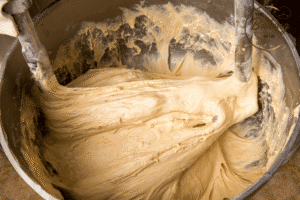
🛠️ How to Fix Sticky Cookie Dough (Easy Fixes)
In the previous section, we discussed the main causes of sticky or wet cookie dough. Now let’s learn how to fix sticky cookie dough using simple and effective methods.
📌 Adjust the Flour (Gradually)
If your cookie dough feels too sticky or wet, the first and easiest solution is to add extra flour—but do it gradually.
👉 Start with 1 to 2 tablespoons of all-purpose flour.
👉 Gently fold it into the dough and check the consistency.
👉 Repeat if needed, but avoid overmixing—this can develop gluten and make the dough tough.
💡 Pro Tip:
If you’re baking in a humid environment, you may need to adjust the flour more frequently due to moisture in the air.
🏭 From Our Industry:
In commercial production, if the dough becomes sticky, we fine-tune the final dough stage with small flour adjustments. We never remix for too long—we use slow-speed blending to protect the dough structure and avoid toughness.
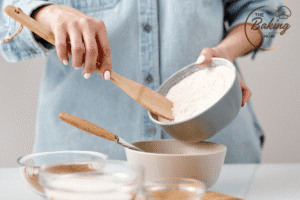
❄️ Chill the Dough
Another easy and effective way to fix sticky cookie dough is to chill it in the refrigerator.
👉 If your dough feels too soft, wet, or sticky after mixing, wrap it in plastic wrap or place it in a covered bowl, and refrigerate for 15 to 30 minutes.
👉 This resting time will help the butter firm up, moisture redistribute, and the dough stabilize—making it smoother and easier to shape.
🌡️ The ideal dough temperature should be around 26°C to 28°C for the best consistency and handling.
🏭 From Our Industry:
In commercial cookie production, we don’t chill the dough. Instead, we carefully control the ingredient temperatures—for example, using chilled butter in summer or warm water in winter—to maintain the target dough temperature from the start.
💡 Pro Tip:
Chilling also helps prevent excessive spreading during baking and can improve cookie texture. For deep learn you can check our post how long to chill your dough.
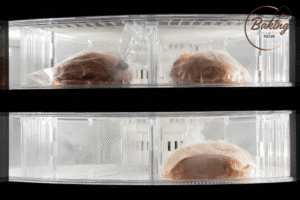
🌽 Add Cornstarch or Sprinkle Flour
If your cookie dough still feels too wet or sticky, you can fix it with simple pantry staples like cornstarch or a light dusting of flour.
👉 Add 1 to 2 tablespoons of cornstarch during the flour mixing stage.
Cornstarch helps:
- Absorb excess moisture
- Smooth out sticky dough
- Prevent gluten overdevelopment, which can make dough tough or stretchy
👉 Sprinkle a little flour when forming or rolling the dough pieces.
This makes handling easier and helps:
- Prevent dough from sticking to your hands or tools
- Avoid excessive spreading during baking
🏭 From Our Industry:
We add cornstarch in every cookie recipe to keep the dough smooth and consistent. It’s one of our standard practices to manage moisture and control texture—especially when working with liquid-rich formulas.
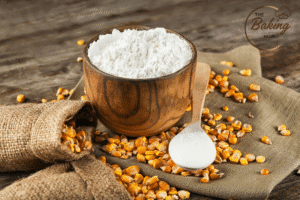
🧁 Final Thoughts
If you’ve ever found yourself asking, “Why is my cookie dough too sticky or wet?”, you’re not alone — and now, you’re no longer stuck. From ingredient balance to mixing techniques, and from temperature control to flour type, every detail matters when it comes to achieving that perfect cookie dough consistency.
Sticky dough isn’t the end of your baking session — it’s just a small step to learn and improve. With the easy fixes we’ve shared, like adding flour gradually, chilling the dough, or using cornstarch, you can turn even the stickiest situation into a batch of beautifully baked cookies.
In the baking industry, we handle these challenges daily — and now you can too, confidently and consistently.
Happy Baking! 🍪

